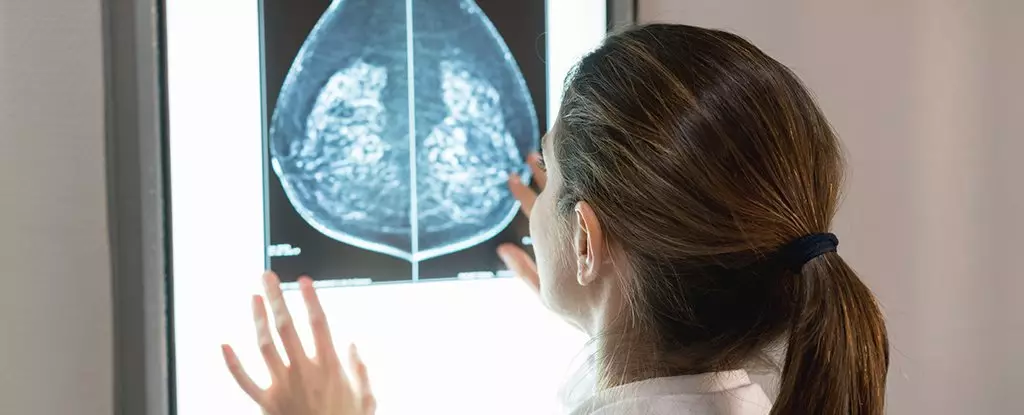Breast cancer represents a significant public health challenge in the United States, particularly as recent studies reveal a worrying upward trend in its incidence rates. According to a biennial report from the American Cancer Society released recently, findings indicate a one percent annual increase in breast cancer cases from 2012 to 2021. This development is particularly alarming given that the overall death rate from breast cancer has seen a remarkable decline of 44 percent since 1989. Yet, the increasing cases among specific demographics, especially younger women and Asian Americans, raise flags that warrant serious attention and analysis.
The report underscores that breast cancer rates are growing predominantly in women under 50, with an alarming annual increase of 1.4 percent, contrasted with just 0.7 percent for older women. This trend raises critical questions about the underlying causes that might be driving such disparities. While various biological, lifestyle, and environmental factors could contribute, the direct reasons remain ambiguous and warrant further exploration to seek effective prevention strategies.
Among different ethnicities, Asian American women exhibit the most notable rise in breast cancer incidence, followed closely by Hispanic women. This phenomenon may correlate with the influx of new immigrants who generally present a higher risk for developing breast cancer. Such findings add complexity to the understanding of breast cancer trends, indicating that cultural, social, and health access factors significantly impact these statistics.
Despite the alarming increase in breast cancer cases among certain demographics, there is a juxtaposition in mortality rates that paints a more nuanced picture. Between 1989 and 2022, breast cancer mortality decreased significantly, from 33 deaths per 100,000 women to 19 per 100,000. This reduction translates to approximately 517,900 lives saved, a testament to advancements in early detection and treatment options. Nevertheless, this progress has not been uniform across all communities.
Disparities exist, especially among Native Americans who have not experienced improvements in mortality rates since 1990. Furthermore, Black women face an increased risk, being 38 percent more likely to succumb to breast cancer compared to their white counterparts, despite a lower incidence of the disease. These statistics expose the systemic inequities and social determinants of health that hinder equitable access to quality care.
The correlation between various socioeconomic factors and health outcomes highlights the pressing need to address structural inequalities within the healthcare system. The report points out that while Black women receive mammograms at rates comparable to white women, they often access these screenings in facilities that lack adequate resources or accreditation. Such disparities indicate that even when preventive measures are followed, the quality and reliability of healthcare can vary drastically, contributing to worse health outcomes for marginalized groups.
To tackle these disparities, there is a necessity for informed interventions that go beyond mere statistical tracking. Efforts to enhance diversity in clinical trials and form community partnerships can be instrumental in ensuring that underserved populations receive high-quality screening and care.
The recently revised recommendations from the US Preventive Services Task Force prompting women to begin regular screening mammograms every other year starting at 40 marks a vital move in breast cancer prevention endeavors. While personalized healthcare is crucial, broadening access and education can significantly impact early detection rates and, consequently, mortality rates.
The rise in breast cancer cases, particularly among younger women and certain ethnicities, underscores the need for robust community health strategies that address the root causes of these disparities. By acknowledging and tackling systemic barriers, encouraging equitable healthcare access, and fostering greater awareness, we can work towards a future where breast cancer detection and treatment are equitable for all women, regardless of race or socioeconomic status. This multifaceted approach is essential to reverse the troubling trends in breast cancer diagnosis and to ensure that progress in healthcare advancements benefits all segments of the population equally.


Leave a Reply